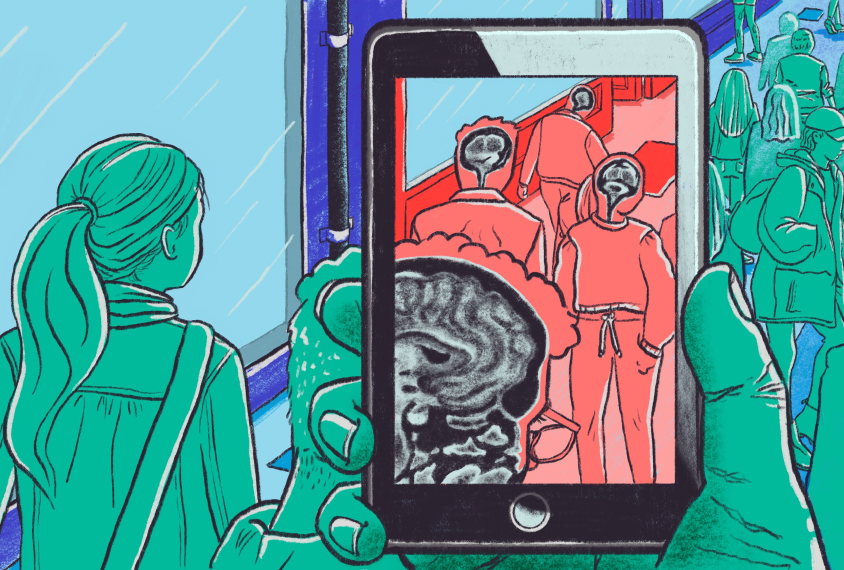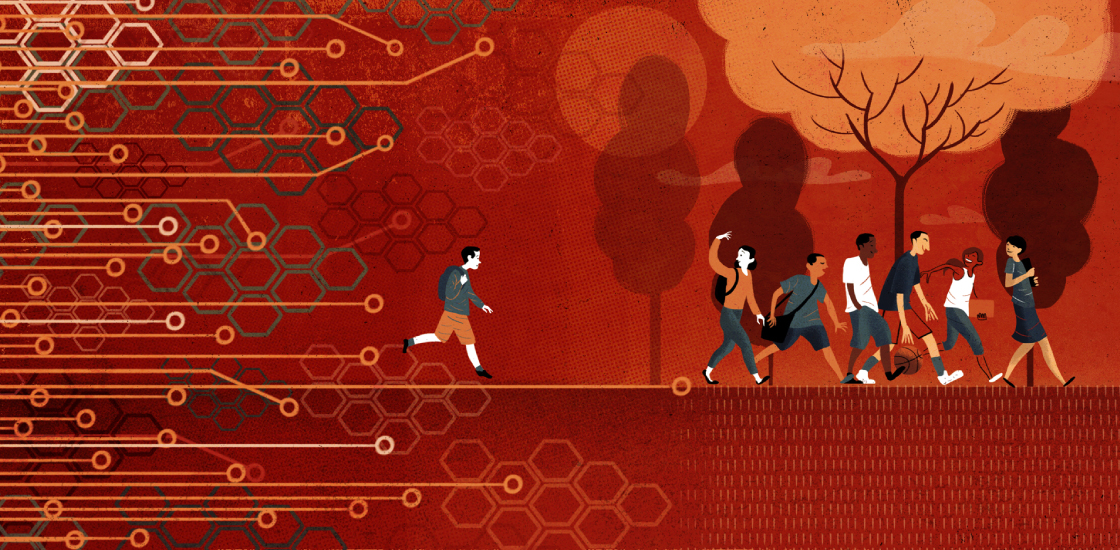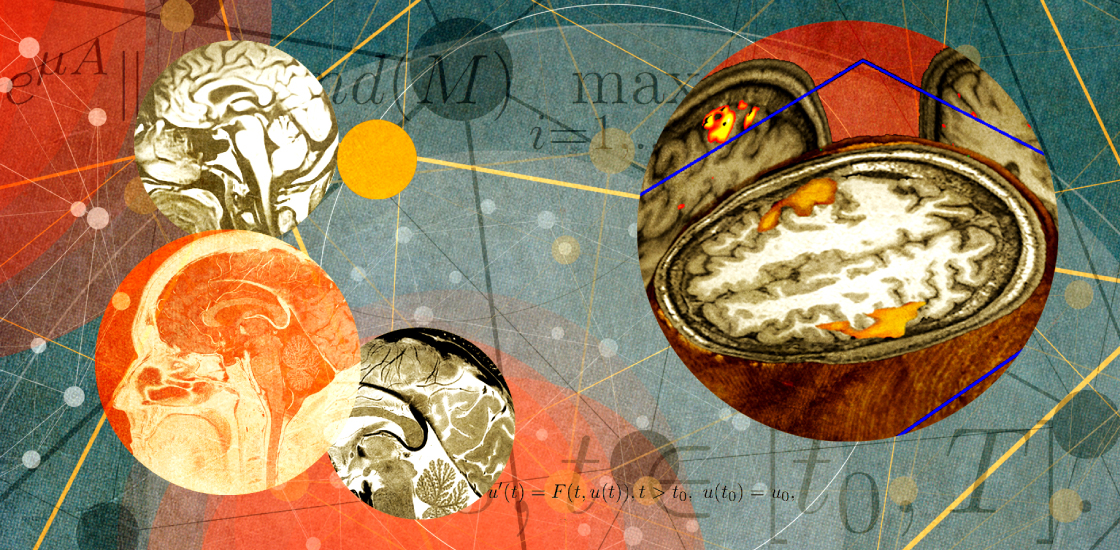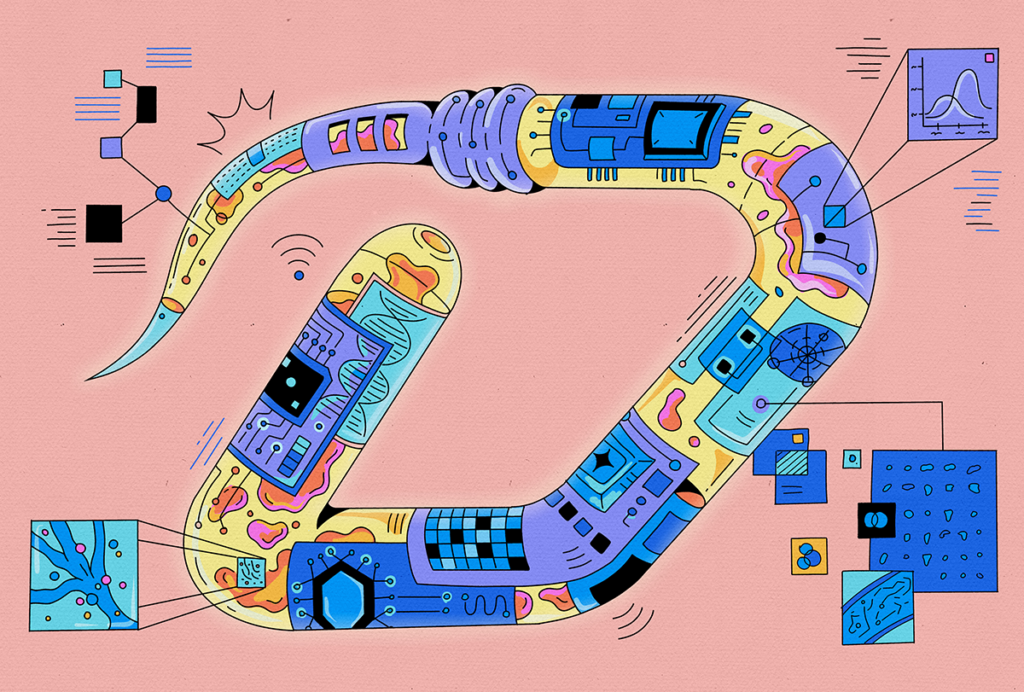Kevin Pelphrey is Harrison-Wood Professor of Neurology at the University of Virginia in Charlottesville.

Harrison-Wood Professor of Neurology
University of Virginia
Kevin Pelphrey is Harrison-Wood Professor of Neurology at the University of Virginia in Charlottesville.
Can brain scans, in the wrong hands, compromise research participants' identity? The risk is minimal.

Examining the teenage years presents a major opportunity for understanding and treating autism.

Apps, robots and brain imaging can help children with autism improve their social skills and connect with other people.

A bug in brain imaging software casts doubt on the results of some autism studies, but it’s way too soon to write off the powerful imaging technique.

Restaurants can be stressful for my daughter Frances, who has autism, but her difficulties led me to try to better understand and treat her type of situational anxiety.

Here is a roundup of autism-related news and research spotted around the web for the week of 20 October.

Here is a roundup of autism-related news and research spotted around the web for the week of 20 October.
In this 2006 Cell paper, Shigeo Takamori and his colleagues showcased the molecular machinery of synaptic vesicles in outstanding detail. Their work taught me that these aren’t just passive containers for neurotransmitters but dynamic, precision-built nanomachines.

In this 2006 Cell paper, Shigeo Takamori and his colleagues showcased the molecular machinery of synaptic vesicles in outstanding detail. Their work taught me that these aren’t just passive containers for neurotransmitters but dynamic, precision-built nanomachines.
Applying new tools to entire brains, starting with C. elegans, offers the opportunity to uncover how molecules work together to generate neural physiology and how neurons work together to generate behavior.

Applying new tools to entire brains, starting with C. elegans, offers the opportunity to uncover how molecules work together to generate neural physiology and how neurons work together to generate behavior.